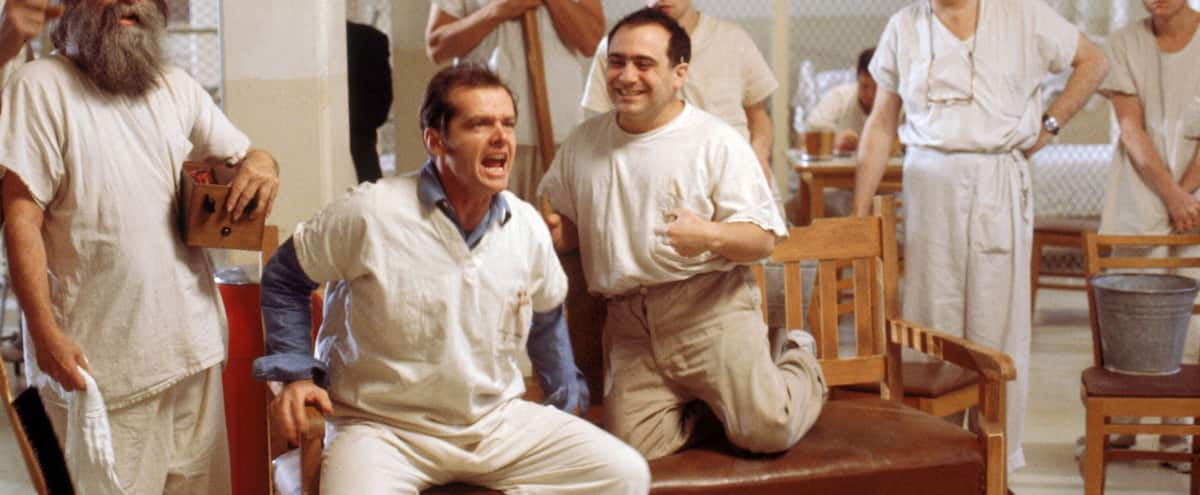I often write about the issues that overwhelm the cities.
These paupers who rave aloud, sleep in the street, shit in front of shops and sometimes attack passers-by.
Some – not all – have serious mental health issues.
And they self-medicate with drugs.
It’s misery, great misery.
A RETURN TO ASYLUM?
The other day, Benoît Dutrizac asked an interesting question on his QUB radio show.
We took the sick out of institutions in the 1960s and 1970s.
Wouldn’t it be time to think about returning them to an institution?
Before you rip your shirt off, let me explain my position.
I’m not saying it’s the magic bullet. I’m just asking the question. I wonder out loud.
Everyone says it, deinstitutionalization as it was applied in Quebec was a colossal failure.
People with serious mental health issues were told: ‘We’ll get you out of the asylums, but don’t worry, you won’t jump into the void. We’ll catch you, we’ll take care of you.”
These poor people jumped, and we didn’t catch them.
They found themselves in the street.
You will tell me that the solution is not to go back and reinstitutionalize them, but to invest more in social and community organizations so that those left behind can find help.
I agree.
After all, the police (who often find themselves “dealing” with these poor devils) are not social workers.
But not all homeless people can be helped in this way. Some need more guidance.
Sustained care.
FLIGHT OVER A CUCKOO’S NEST
I just finished reading Facing the darkness (Visible Darkness), the courageous story that William Styron, the author of Sophie’s choicepublished in 1990.
Styron talks about his nervous breakdown which led him to the brink of suicide.
A deep depression, which he couldn’t get out of.
He stuffed himself with pills, had lost his will to live, spent his days sitting in his chair staring at the wall.
Do you know what helped him? Which allowed him to become again – finally – the man he was.
Institutionalization.
“It was my salvation, my lifeline,” he wrote.
Styron is careful to point out that there are as many types of depression as there are people. And what is good for one may be harmful – or ineffective – for another.
But what saved him was being sent to a psychiatric institute.
IT DESERVES A DEBATE
Whenever we hear these words (“psychiatric institute”), we immediately think of “asylum”.
Emile Nelligan, Camille Claudel, Flight over a cuckoo’s nestetc.
People in straitjackets, with electrodes on their temples.
However, psychiatric institutes have changed a lot over time. These are hospitals, not prisons.
Wouldn’t it be time to consider reinstitutionalizing certain people to help them?
